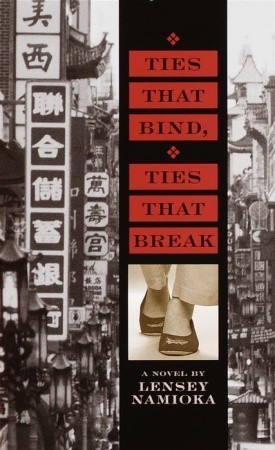What do you think?
Rate this book


154 pages, Mass Market Paperback
First published January 1, 1999
"Ailin doesn't have to have her feet bound if she doesn't want it."
"She's too young to understand the consequences," said Mother.
"But I understand the consequences," said Father.